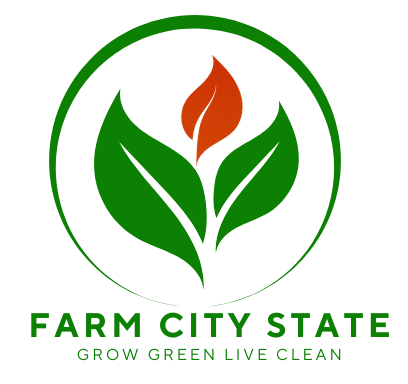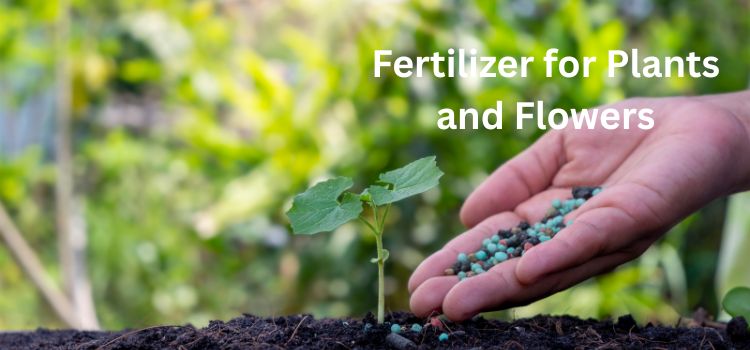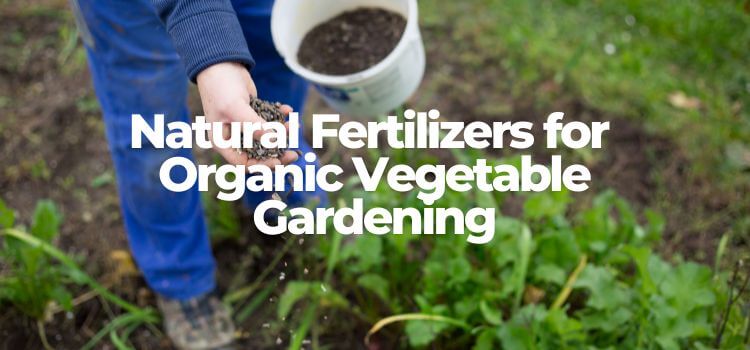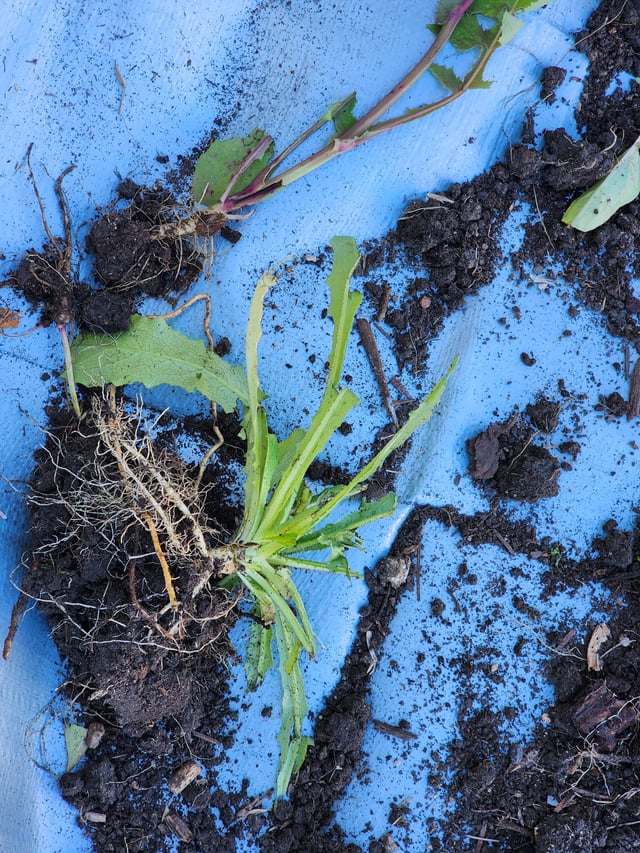I began to grow vegetables myself and soon realized the importance of proper fertilizers. Having a passion for growing healthy, organic vegetables, I turned to natural fertilizers for organic vegetable gardening. They are organic in origin and provide the required nutrients without any toxic chemicals. Initially, I did not know which natural fertilizer was most beneficial for my plants, but after some investigation and experimentation, I learned how effective natural products can be. Over time, my plant development and soil quality improved. The best aspect I like about natural fertilizers is that they encourage long-lasting garden well-being and are more environmentally friendly. In this post, I’ll share what I’ve learned about natural fertilizers, how … Read more









